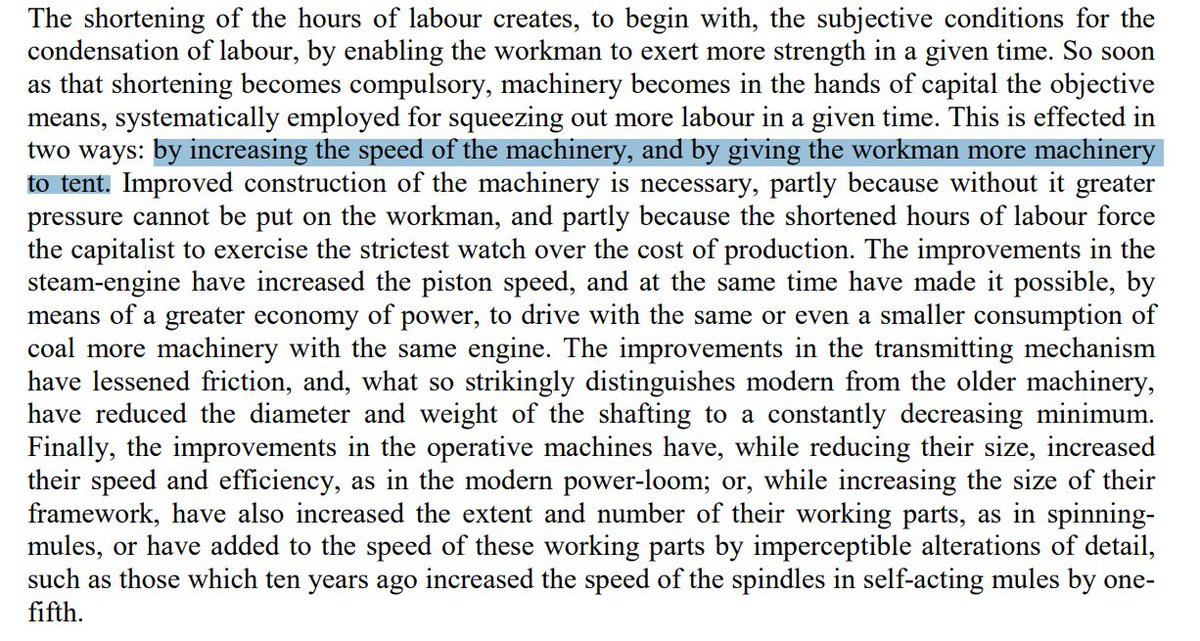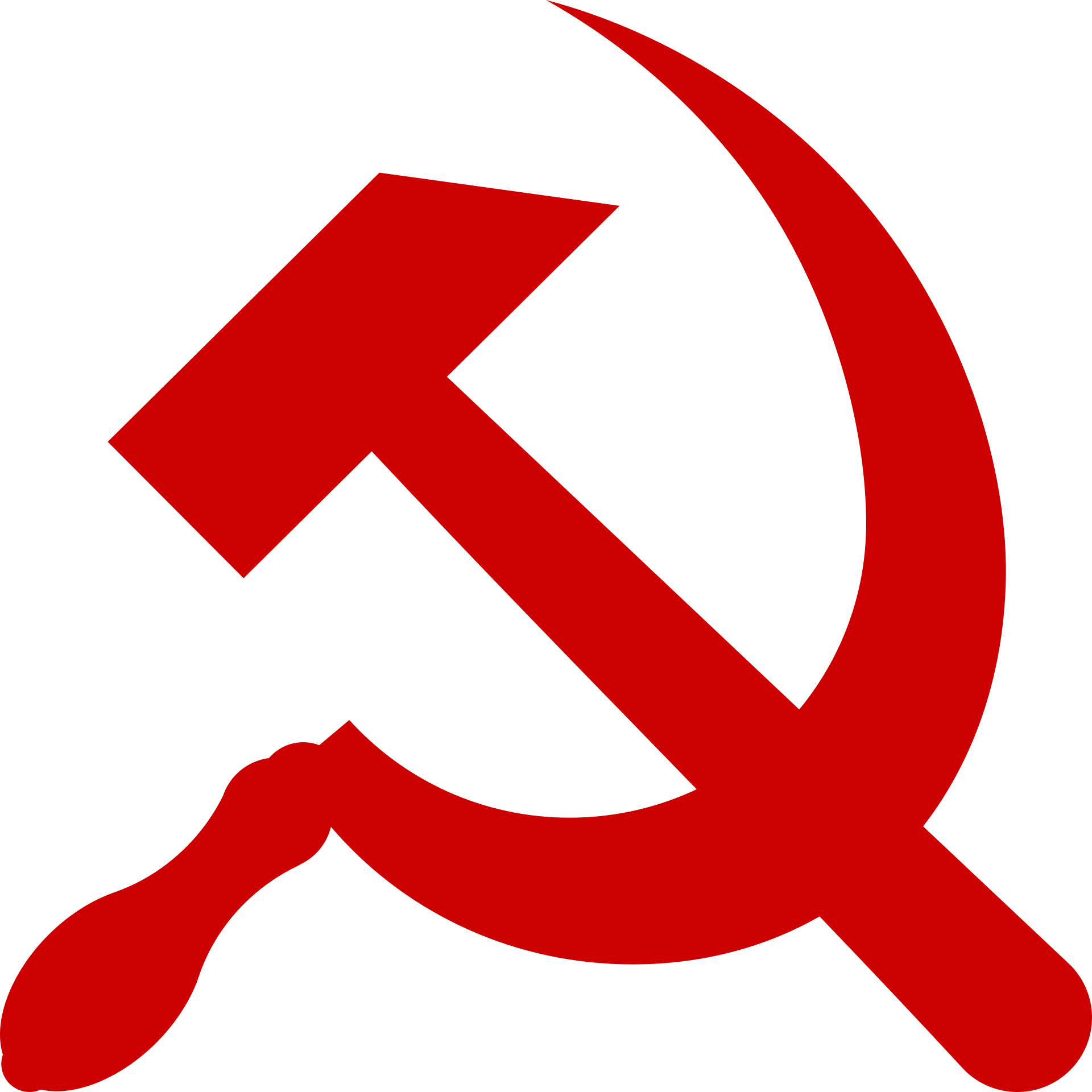- cross-posted to:
- sources
- cross-posted to:
- sources
Starting in 1956, the USSR begun reducing the total hours of labor, which had a deadline to meet by 1968. If this plan was successful, hours of labor would have went from 48 hours a week, to 30 hours a week, and the minimum wage would have went from 250 to more than 600 rubles.
In 1961, the CIA was worried as how the USSR could be reducing the workday, without reducing its efforts in the cold war.
CIA originally believed that if the USSR reduced work hours, then it would be harder for the USSR to maintain their defense. However, what they found was that USSR was able to solve many problems by reducing the hours worked. They were able to tap into a large reserve of labor.

The soviets forcing managers to reduce labor time in return led to higher automation, introduction of new technology, and more advanced production measures. Increasing output in light and heavy industry was achieved by increasing employment.
Reduction of labor hours in the USSR actually did what Marx predicted it would in volume 1 of capital. The density of the workday could be increased by reducing the workday. You could produce more by working less. The USSR proved Marx theory to be true.


